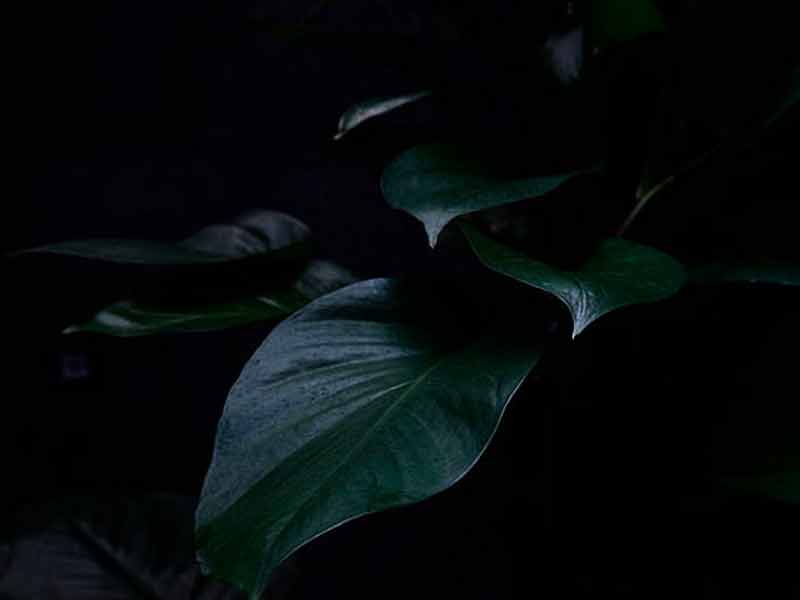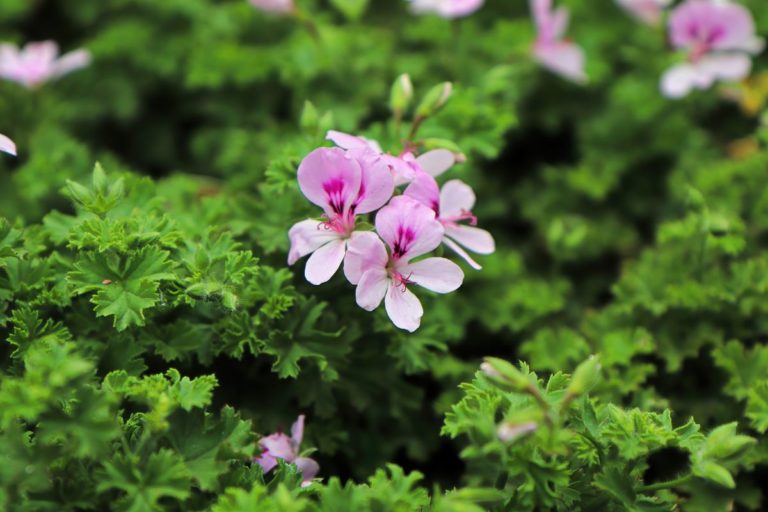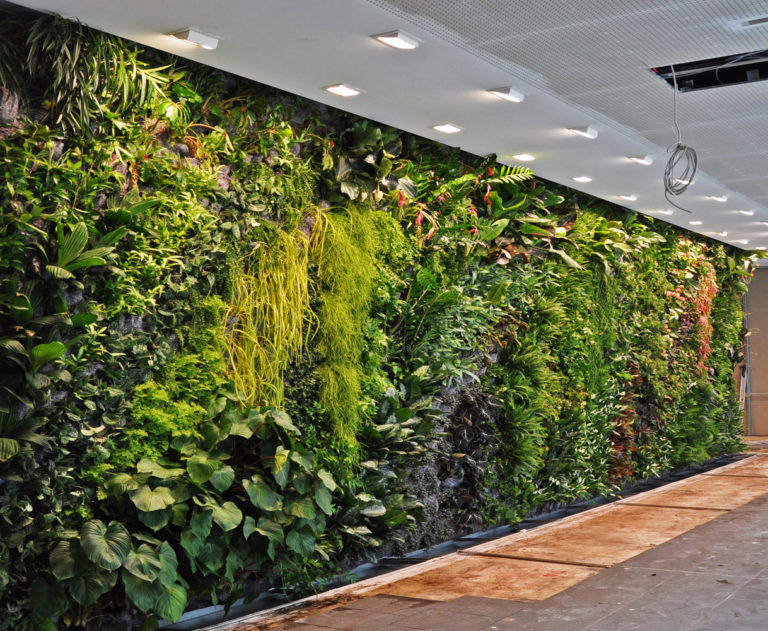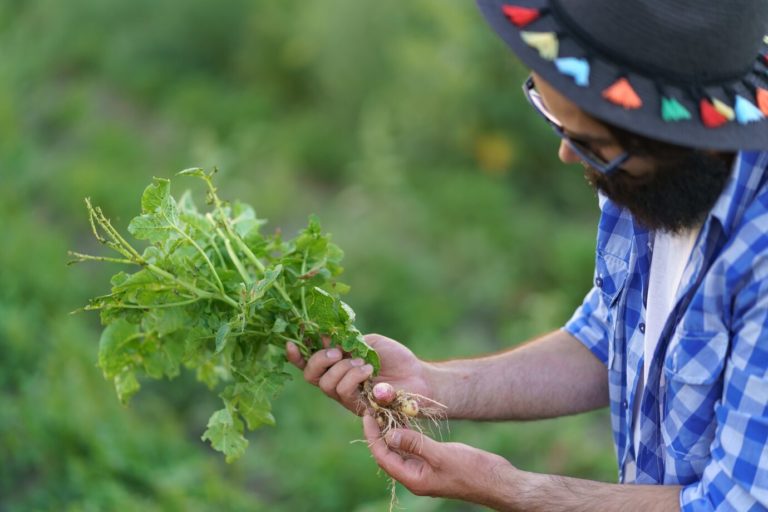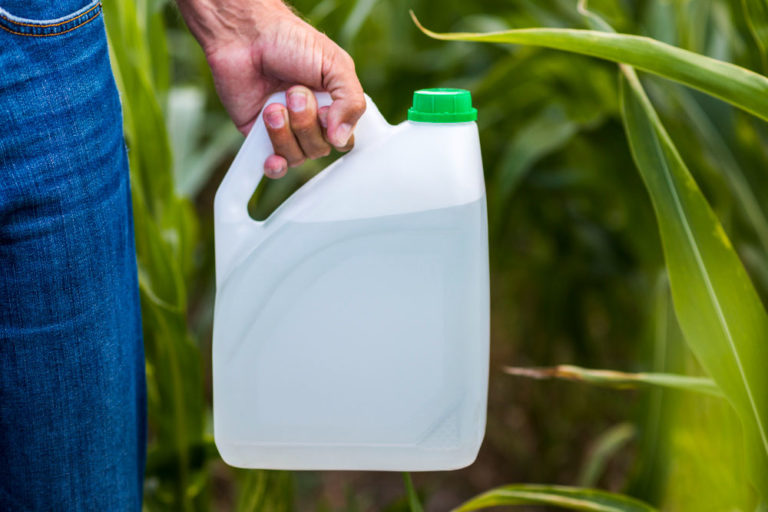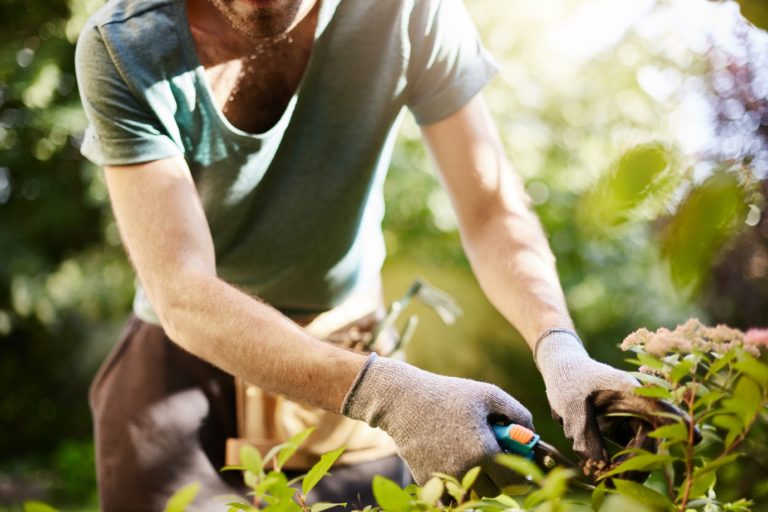How Plants Are Affected by Too Little or Too Much Light
Plants, like humans, need the right balance of light to thrive. They depend on sunlight for energy, growth, and reproduction. As a gardener or plant enthusiast, it’s crucial to understand how too little or too much light can impact your plants’ health. In this article, we’ll explore the importance of light in plant growth, the consequences of inadequate or excessive light, and ways to address these issues. Let’s shed some light on this fascinating topic!
The Importance of Light in Plant Growth
Photosynthesis
At the heart of every plant’s growth process is photosynthesis – the mechanism through which plants convert sunlight into energy. During photosynthesis, plants absorb light and use it to synthesize food from carbon dioxide and water. This energy is then stored as carbohydrates and used to fuel various growth processes. When plants receive too little or too much light, their ability to perform photosynthesis is hindered, affecting their overall health and development.
Photoperiodism
Another critical aspect of light in plant growth is photoperiodism – the response of plants to the duration of light and darkness. Photoperiodism regulates vital processes like flowering, dormancy, and germination. When plants receive improper light exposure, these processes can be disrupted, causing various issues in plant growth and reproduction.
Effects of Too Little Light on Plants
Stunted Growth
Inadequate light exposure can lead to stunted growth in plants. Without sufficient light for photosynthesis, plants struggle to produce the energy required for growth. As a result, they may appear smaller and less robust than plants receiving optimal light levels.
Leggy Plants
When plants don’t receive enough light, they often become “leggy” – growing tall and spindly with fewer leaves than healthy plants. This elongation is a plant’s attempt to reach more light, but it can compromise structural integrity, making them more susceptible to damage and disease.
Poor Flowering and Fruiting
Insufficient light can also negatively impact a plant’s ability to flower and produce fruit. Many plants need specific light conditions to trigger flowering and fruiting processes, and when these conditions aren’t met, their reproductive potential is hindered.
Chlorosis
Chlorosis, or yellowing of leaves, is another sign of insufficient light. This yellowing occurs because chlorophyll – the pigment responsible for the green color of leaves – breaks down when a plant isn’t receiving enough light for photosynthesis.
Effects of Too Much Light on Plants
Photoinhibition
Photoinhibition occurs when plants receive excessive light, causing a decline in their photosynthetic efficiency. When plants are exposed to too much light, the photosystems responsible for capturing and utilizing light energy can become damaged, resulting in reduced energy production and overall plant health.
Sunburn and Sunscald
Just as humans can suffer from sunburn, plants are also susceptible to damage from excessive light exposure. Sunburn appears as bleached, white, or necrotic spots on leaves, while sunscald manifests as cracked or peeling bark. Both can weaken a plant’s defenses, making it more vulnerable to pests and diseases.
Wilting and Water Stress
Too much light can also lead to wilting and water stress in plants. Excessive light exposure increases the rate of water loss through transpiration, causing plants to lose water more rapidly than they can absorb it. This results in wilting and, if left unaddressed, can lead to plant death.
6 Signs You’re Overwatering Your Indoor Plants and What to Do About It
Identifying and Fixing Light-Related Issues
Signs of Light Stress
To maintain healthy plants, it’s essential to recognize the signs of light stress. In addition to the symptoms mentioned above, other indicators of light stress include dropping leaves, poor root development, and a decline in overall plant vigor. Observing your plants regularly and addressing light-related issues promptly can help ensure their long-term health and success.
Adjusting Light Conditions
If you suspect that your plants are suffering from too little or too much light, take action to adjust their light conditions. For plants receiving insufficient light, consider relocating them to a brighter area, pruning nearby vegetation to allow more light, or supplementing with artificial lighting. For plants experiencing too much light, move them to a shadier location or provide shade cloth to filter and diffuse sunlight.
The Role of Artificial Lighting in Plant Growth
Types of Artificial Lights
Artificial lighting can be an effective solution for providing plants with the appropriate light levels they need. There are several types of artificial lights available, including fluorescent lights, compact fluorescent lights (CFLs), high-intensity discharge (HID) lights, and light-emitting diodes (LEDs). Each type has its advantages and applications, so research and choose the best option for your specific plants and growing conditions.
Benefits of Using Artificial Lights
Using artificial lights can offer numerous benefits for plant growth. They can provide consistent, optimal light levels, ensuring that plants receive the right amount of light throughout their growth cycle. Additionally, artificial lights allow for better control over the duration and intensity of light exposure, enabling you to create the ideal environment for your plants’ specific needs.
Conclusion
The right balance of light is crucial for healthy plant growth. By understanding how plants are affected by too little or too much light, you can take steps to ensure they receive the proper light levels, leading to thriving, happy plants. Keep an eye out for signs of light stress, make necessary adjustments, and consider artificial lighting options to provide the optimal environment for your plants to flourish.
FAQs
- How do I know if my plants are receiving the right amount of light?
Monitor your plants for signs of light stress, such as stunted growth, legginess, poor flowering, and fruiting, chlorosis, or wilting. If you notice any of these symptoms, consider adjusting their light conditions. - Can plants recover from too little or too much light?
Yes, plants can recover if light conditions are promptly addressed. Relocate the plants, adjust their light exposure as needed, and provide proper care to help them bounce back. - How long should I leave artificial lights on for my plants?
The duration of artificial light exposure depends on the specific plants and their light requirements. Generally, most plants require 12-16 hours of light per day, but this can vary. Research your plants’ specific needs and adjust the lighting schedule accordingly. - What is the best type of artificial light for my plants?
The ideal artificial light for your plants depends on their specific needs and your growing conditions. Factors to consider include light spectrum, intensity, and energy efficiency. Common options include fluorescent lights, CFLs, HID lights, and LEDs, each with its advantages and applications. - How can I protect my plants from sunburn and sunscald?
To protect your plants from sunburn and sunscald, gradually acclimate them to increased light exposure or provide shading to filter and diffuse sunlight. Regularly monitor your plants for signs of sun damage and adjust their light conditions as needed.

